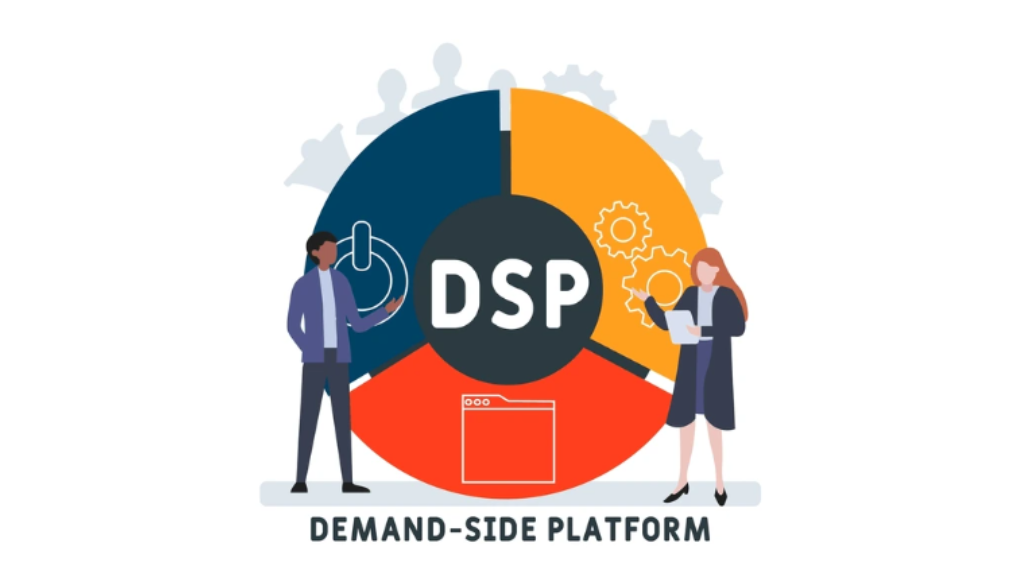Connected TV Advertising: Everything You Need to Know

Connected TV (CTV) advertising is transforming the digital marketing landscape, offering brands new and innovative ways to reach their target audiences. As traditional TV viewership declines and digital streaming platforms rise, Connected TV advertising has emerged as a powerful tool for marketers. This guide from IAS will explore everything you need to know about Connected TV advertising, from its basics to advanced strategies.
What is Connected TV (CTV)?
Connected TV (CTV) is a modern way for audiences to access their favorite content through devices that are connected to the Internet. These devices, such as smart TVs, gaming consoles, and streaming sticks, allow viewers to stream videos, listen to music, and browse the web seamlessly from their living rooms. CTVs enable users to access a wide range of apps like Amazon Freevee and Prime Video, offering endless options for streaming content, whether they are watching live television, on-demand shows, or exploring digital media. With CTV, viewers can enjoy an immersive and flexible entertainment experience that goes beyond traditional TV.
What is Streaming TV (STV)?
Streaming TV (STV) refers to the digital distribution of video content over the Internet, allowing users to access a wide range of entertainment, news, and live programming on various devices. Unlike traditional cable or satellite TV, which relies on broadcast signals, STV delivers content through an Internet connection, enabling viewers to watch live and pre-recorded shows, movies, sports, and more, whenever and wherever they choose.
The audience for STV includes both cord-cutters, who have moved away from traditional TV services, and traditional TV users looking for more flexible viewing options. As the popularity of streaming continues to grow, advertisers are increasingly using this platform to reach viewers through video ads on smart TVs, computers, mobile devices, gaming consoles, and other streaming devices like Fire TV Sticks.
STV is often referred to as over-the-top (OTT) TV, which describes how the content is delivered over the Internet, bypassing traditional cable or satellite providers. It’s important to note the difference between OTT and Connected TV (CTV): OTT refers to the method of content delivery, while CTV refers to the devices used to view the content, such as smart TVs or gaming consoles.
What is Connected TV Advertising?
Connected TV advertising refers to the delivery of video ads through internet-connected devices such as smart TVs, gaming consoles, and streaming devices. Unlike traditional TV, which relies on cable or satellite, Connected TV uses the internet to stream content, providing opportunities for more targeted and interactive advertising.
How Does Connected TV Advertising Work?
Connected TV advertising leverages data and technology to deliver personalized ads to viewers. The process typically involves several key steps. First, brands purchase ad space on streaming platforms. Then, the ads are targeted based on viewer demographics, behaviors, and preferences. These ads are delivered through internet-connected devices during streaming content. Advertisers can track the performance of their ads in real-time, adjusting strategies as needed.
Benefits of Connected TV Advertising
Connected TV (CTV) advertising offers several key advantages over traditional TV advertising. One of the most significant benefits is precision targeting, which allows brands to reach specific audiences based on detailed data insights. This targeting ensures that ads are delivered to viewers who are most likely to be interested in the product or service, increasing the effectiveness of the campaign.
Enhanced engagement is another benefit, achieved through interactive ad formats that encourage higher viewer interaction. These formats can include clickable overlays, quizzes, or shoppable ads that make the viewing experience more immersive and engaging.
Real-time analytics provide immediate performance data, allowing advertisers to optimize their campaigns on the fly. This level of responsiveness is not available with traditional TV advertising, where changes cannot be made once the ad is aired.
Additionally, CTV advertising is often more cost-effective than traditional TV due to its targeted reach. By focusing on specific audiences rather than broad demographics, brands can achieve better results with a more efficient use of their advertising budget.
Moreover, CTV advertising enables brands to reach audiences where they are already consuming content, expanding their reach beyond just physical or online shoppers to viewers engaging with content across various platforms. This form of digital advertising can display ads in premium TV shows, news video apps, Twitch livestreams, and more, ensuring that the brand message reaches cord-cutters and cord-nevers who primarily stream their entertainment.
To get started with CTV advertising, brands, sellers, and agencies typically work with content distributors, like Amazon Ads, to place their ads within streaming content. Currently, Amazon Streaming TV ads are purchased programmatically, meaning that the ads are bought and sold digitally through an automated system, further streamlining the process and maximizing efficiency.
By considering these viewers and platforms, advertisers can significantly expand their brand reach and connect with a broader audience in the digital space.
Find out more: The Real Advantages of TV Advertising

Key Connected TV Advertising Platforms
Some of the top platforms for Connected TV advertising include Roku, a popular streaming service with extensive ad targeting options; Hulu, which offers both ad-supported and ad-free plans with robust advertising solutions; Amazon Fire TV, integrating with Amazon’s vast data pool for precise targeting; Apple TV, a premium streaming service with a growing ad inventory; and Google Chromecast, providing seamless integration with Google’s advertising ecosystem.
Connected TV Advertising Trends
The landscape of Connected TV advertising is continually evolving, with key trends shaping the industry. Programmatic buying, which involves automated ad buying processes, enhances efficiency. Interactive ads encourage viewer interaction through features like clickable overlays. Cross-device targeting allows for seamless ad delivery across multiple devices. Additionally, there is an increased ad spend, with major brands investing more in Connected TV advertising.
Connected TV Advertising Statistics
Understanding the impact of Connected TV advertising can be highlighted through various statistics. Over 80% of U.S. households have at least one Connected TV device, showcasing its extensive viewer reach. Connected TV ads have been shown to increase brand recall by up to 70%, demonstrating their effectiveness. Additionally, the Connected TV advertising market is expected to grow by 23% annually, indicating robust market growth.
The Connected TV Advertising Market and Market Size
The market for Connected TV advertising is expanding rapidly due to several key factors. Consumer behavior is shifting from traditional TV to streaming platforms, driving demand. Technological advancements have improved targeting and measurement capabilities, making Connected TV ads more effective. Additionally, there is increased adoption by brands seeking more efficient advertising solutions.
Audience Targeting on Connected TV
Audience targeting on Connected TV involves using data to deliver relevant ads to specific viewer segments through various techniques. Demographic targeting focuses on factors such as age, gender, and income. Behavioral targeting is based on viewer behaviors and interests. Contextual targeting delivers ads based on the content being viewed.
Conclusion
Connected TV advertising is a dynamic and growing field that offers brands unique opportunities to engage with their target audiences. By understanding the intricacies of Connected TV advertising, businesses can unlock its full potential and achieve greater marketing success. As the digital landscape continues to evolve, staying informed and adaptable will be key to leveraging this powerful advertising medium.
International Advertising Solutions offers top-tier TV advertising services to elevate your brand’s visibility. We handle everything from creative development to media planning and buying, using data-driven insights to optimize performance and maximize ROI. Trust us for impactful TV ads that drive results. For more details, visit our TV Advertising Services.
And contact us!



